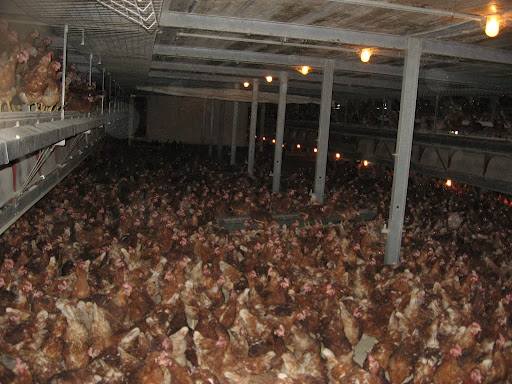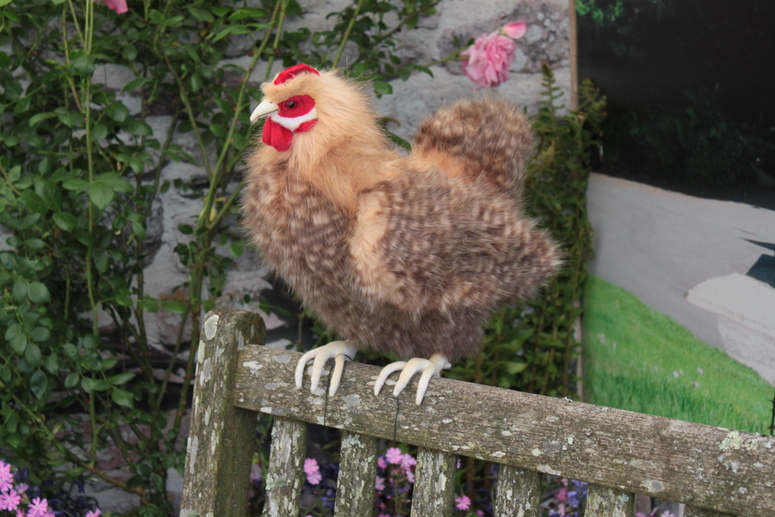– litter in enriched cages
– sand bar in aviary
– free range
Different litter substrates can be used: peat, sand, wood-shavings
Differences between substrates:
– Sand and peat sift through the feathers and reaches the skin, but wood-shavings adhere to the distal feather (Van Liere 1992).
– Hens, which are kept on wood-shavings, perform higher frequency of incomplete dust-baths that consists of tossing behavior only (Van Liere 1992).
– This indicates that hens kept on wood-shavings are stimulated to start dust-bathing, but wood-shavings do not provide a strong stimulus for rubbing behaviors (Van Liere 1992).
– In addition, even if the hen starts rubbing in wood-shavings, the rubbings are short and frequently interrupted by tossings (Van Liere 1992).
– The end results become much longer and less effective wood-shaving baths (Van Liere 1992).
– Laying hens that were kept on wood-shavings were not able to remove excessive lipids from proximal downy feather and have the highest lipid level compared to hens kept on sand or peat (Liere 1992, Van Liere 1992).
– Hens kept on peat have the lowest lipid level (Van Liere 1992).
– Correspondingly, the feathers of the hens on wood-shavings were the least fluffy, on peat were the fluffiest, and on sand were intermediate (Van Liere 1992).


